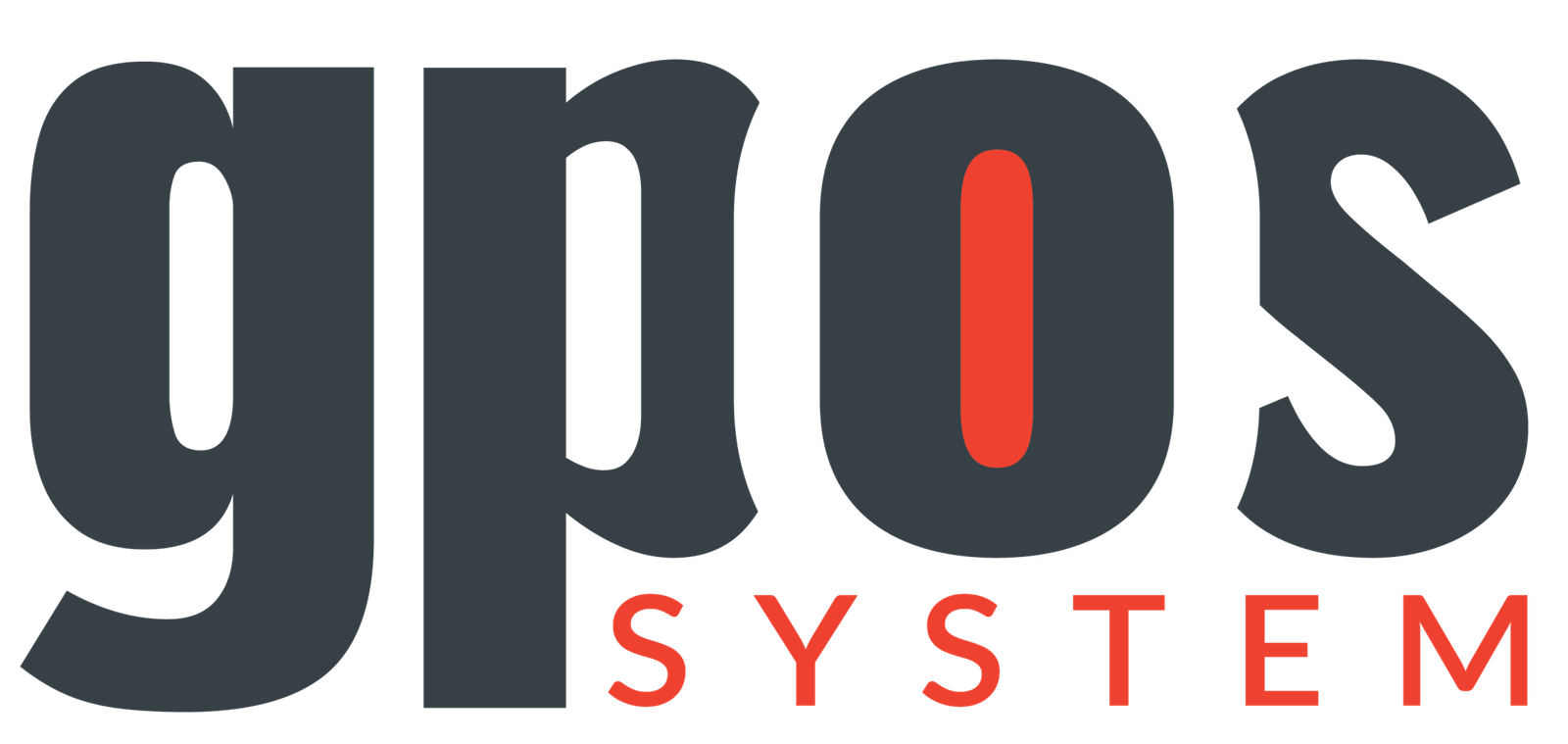How to Add Leave in GPOS (Leave Management)
🛠️ Why You Need Leave Management
To keep track of employee absences
To manage different leave types (Sick, Casual, Paid, etc.)
To ensure smooth workforce planning
To maintain accurate HR and payroll records
📋 Steps to Add Leave in GPOS
✅ Step 1: Go to the Leave Management Screen
Log in to your GPOS dashboard.
From the side menu, navigate to the “HR / Employees” module.
Click on “Leave Management” and select “Add Leave.”
✅ Step 2: Select Employee
In the Employee * field, choose the employee who is applying for leave.
You can search by employee name or employee ID.
✅ Step 3: Select Leave Type
In the Leave Type * dropdown, choose the type of leave (e.g., Sick Leave, Casual Leave, Paid Leave).
Leave policies can be customized based on company rules.
✅ Step 4: Enter Leave Duration
In the Start Date * field, select the first day of leave.
In the End Date * field, select the last day of leave.
GPOS will automatically calculate the total number of leave days.
✅ Step 5: Add Reason
In the Reason field, enter the reason for the leave request (optional, but recommended).
✅ Step 6: Save the Leave Request
After entering all details, click on the “Save” button.
The leave request will be recorded in the system for approval (if approval flow is enabled).
🔐 Important Notes
Only authorized HR/Admin users can approve or reject leave requests.
Employees can view their leave balance and request history.
All leave records are linked to payroll for accurate salary processing.
🎯 Tips
Encourage employees to submit leave requests in advance.
Use the reporting feature to analyze monthly or yearly leave trends.
Configure leave types and rules (carry forward, encashment, etc.) from the HR settings.
By following these steps, you can efficiently manage employee leave in GPOS — ensuring transparency, proper tracking, and smooth HR operations.
